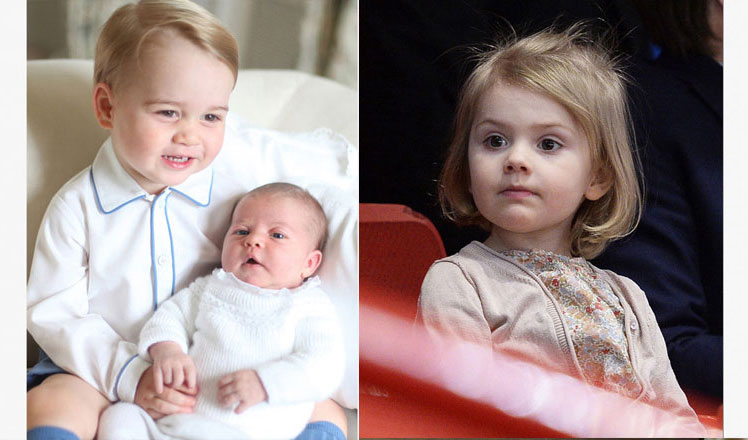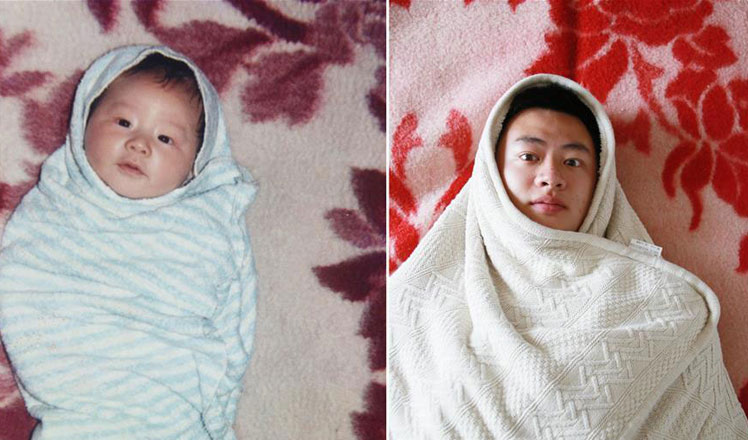Less fear over Chinese yuan amid more policy transparency
Updated: 2016-06-02 09:56
(Xinhua)
|
||||||||
BEIJING - The Chinese yuan was again thrust into the spotlight over the past few days as it hit a five-year low against the US dollar. But a sharp depreciation of the currency is less feared this time.
The yuan's central parity rate against the dollar weakened by 1,225 basis points in May, the largest monthly decline since August 2015, when a change in the exchange rate mechanism by the central bank triggered a volatile adjustment.
On Wednesday, the yuan continued to soften, with its central parity rate slipping to 6.5889 against the dollar, the weakest since 2011.
The latest depreciation of the yuan was a result of increased anticipation for an imminent interest rate hike in the United States, which could lead to a stronger dollar.
Compared with previous rounds of downward adjustments, there were fewer concerns over a sharp yuan devaluation this time, market insiders and analysts said, citing a more transparent exchange rate mechanism.
The currency took a blow in the third quarter of 2015 and early in 2016 due to speculation over the authorities' intention to devalue the yuan, and market jitters about an ailing Chinese economy.
However, the yuan's movements have been largely rule-based since mid-February and market expectations have been better anchored, according to a research report by investment bank China International Capital Corp (CICC).
The central bank has improved communication with the market and explained how the new exchange rate mechanism works, said Zhang Zhiqing, a forex manager at China Merchants Bank.
Compared with before the overhaul last August, the current mechanism is more market-based, setting the yuan's value with more reference to a basket of currencies instead of the dollar alone.
Under this framework, if the dollar strengthens against other foreign currencies, the yuan will inevitably be weaker against the dollar, Zhang said.
This more predictable mechanism has reduced market uncertainty about China's forex policy and lessened concerns over a sharp "one-off" depreciation of the yuan, said Joey Chew, Asian forex strategist at HSBC.
Onshore forex markets and other emerging market currencies are behaving fairly calmly, Chew observed.
Despite its weakening against the dollar, the yuan remains stable against a basket of currencies.
The yuan exchange rate composite index strengthened by 0.03 percent at the end of May from a month earlier, according to financial services provider China Foreign Exchange Trade System. The index measures the yuan's value relative to 13 currencies including the US dollar, euro and Japanese yen.
Moreover, there is little possibility of China scrapping the market-oriented mechanism and directing a sharp devaluation of the yuan in the future, the CICC report noted.
As the world's largest trading nation, China has limited room to stimulate exports through currency depreciation, while exchange rate volatility is a major source of uncertainty to its financial markers, the CICC said.
Looking forward, analysts said market forces provide little ground for a sharp depreciation of the yuan against the dollar, citing the limited upside for the dollar and the resilience of the Chinese economy.
A stronger dollar will tighten financial conditions in the United States and affect its employment and inflation, which may constrain the rate hikes by the Federal Reserve, according to the CICC report.
Meanwhile, China's economic growth remains faster than most of other major economies with its trade surplus still high, which will support the yuan's value, said Shen Jianguang, chief economist of Mizuho Securities.
"The yuan may exhibit more two-way fluctuations in the second and third quarters, but a large one-off devaluation is unlikely," the CICC report said.
- To cool you off: The fountain in Washington Square Park
- Americans warned about terror risk this summer
- B20 China Second Joint Taskforce Meeting held in Paris
- 129 freed Myanmar fishermen brought back from India
- UN Security Council renews sanctions on South Sudan
- Cuban minister's US visit to highlight organic crops cooperation

 Photos: Little royals on the Children's Day
Photos: Little royals on the Children's Day
 Pure love: Chinese 'little prince'and his fox
Pure love: Chinese 'little prince'and his fox
 Then and now: Recreating that child-like smile
Then and now: Recreating that child-like smile
 Young teacher's heartfelt love for the students
Young teacher's heartfelt love for the students
 Photos you don't want to miss across China in May
Photos you don't want to miss across China in May
 Robot-themed café debuts in East China's Shanghai
Robot-themed café debuts in East China's Shanghai
 Cartoon: The birth and growth of China Daily
Cartoon: The birth and growth of China Daily
 Students' special group photos to mark graduation
Students' special group photos to mark graduation
Most Viewed
Editor's Picks

|

|

|

|

|

|
Today's Top News
Chinese stocks surge on back of MSCI rumors
Liang avoids jail in shooting death
China's finance minister addresses ratings downgrade
Duke alumni visit Chinese Embassy
Marriott unlikely to top Anbang offer for Starwood: Observers
Chinese biopharma debuts on Nasdaq
What ends Jeb Bush's White House hopes
Investigation for Nicolas's campaign
US Weekly

|

|







